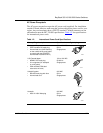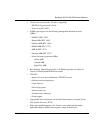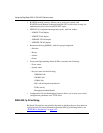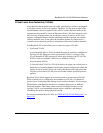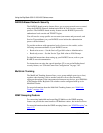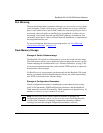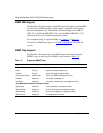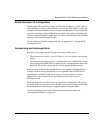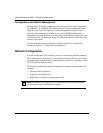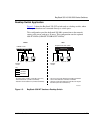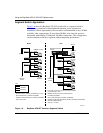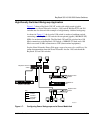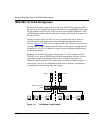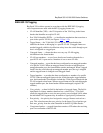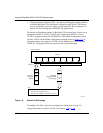
BayStack 350 10/100/1000 Series Switches
309979-A Rev 00
1-15
BootP Automatic IP Configuration
The BayStack 350 switch has a unique 48-bit hardware address, or MAC address,
that is printed on a label on the back panel. You use this MAC address when you
configure the network BootP server to recognize the BayStack 350 switch BootP
requests. A properly configured BootP server enables the switch to automatically
learn its assigned IP address, subnet mask, IP address of the default router (default
gateway), and software image file name.
For an example of a BootP configuration file, see Appendix G, “Sample BootP
Configuration File.”
Autosensing and Autonegotiation
BayStack 350 switches are autosensing and autonegotiating devices:
• The term autosense refers to a port’s ability to sense the speed of an attached
device.
• The term autonegotiation refers to a standardized protocol (IEEE 802.3u) that
exists between two IEEE 802.3u-capable devices. Autonegotiation allows the
BayStack 350 switch to select the best of both speed and duplex modes.
Autosensing is used when the attached device is not capable of autonegotiation or
is using a form of autonegotiation that is not compatible with the IEEE 802.3u
autonegotiation standard. In this case, because it is not possible to sense the
duplex mode of the attached device, the BayStack 350 switch reverts to
half-duplex mode.
When autonegotiation-capable devices are attached to the BayStack 350 switch,
the switch ports negotiate down from 100 Mb/s speed and full-duplex mode until
the attached device acknowledges a supported speed and duplex mode.
For more information about autosensing and autonegotiation modes, see
“Autonegotiation Modes” on page 4-6.



